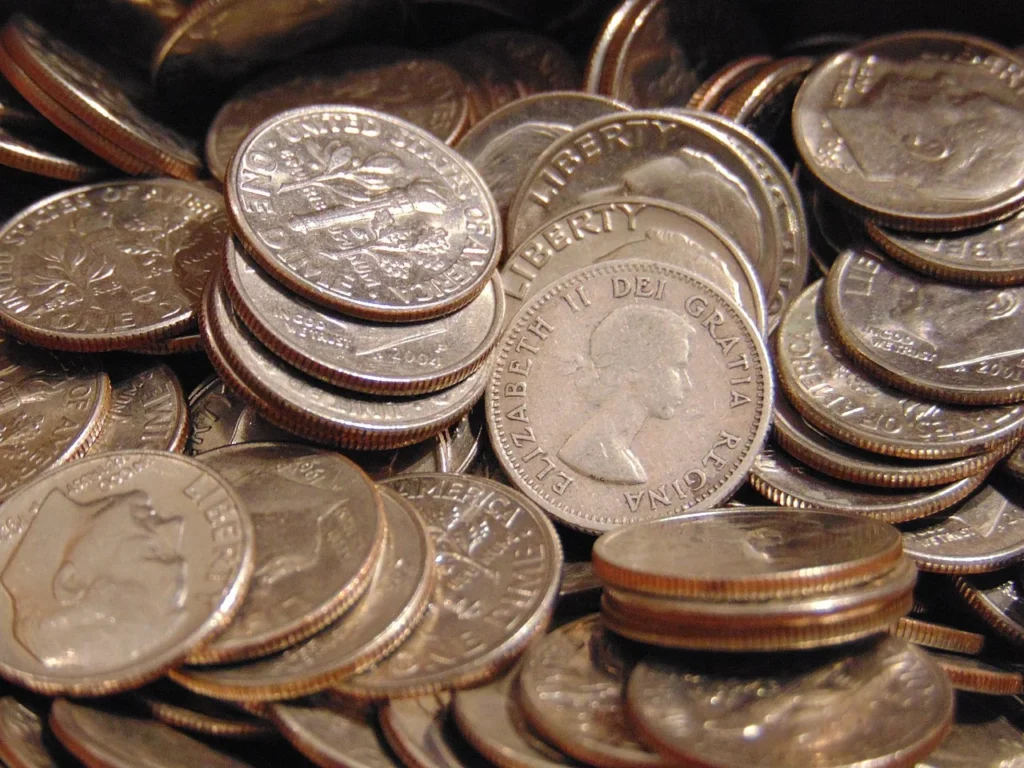If you’ve ever sorted through a jar of old coins or inherited a dusty box of change from a relative, you may be holding on to something more valuable than just pocket change—Barber coins.
These coins, minted in the late 19th and early 20th centuries, are highly collectible today. With some specimens worth thousands—even millions—they’re worth learning about. Here’s everything you need to know about identifying Barber coins and turning them into cash.
What Are Barber Coins?
Barber coins refer to a series of United States dimes, quarters, and half dollars designed by Charles E. Barber, the Chief Engraver of the U.S. Mint. They were produced from 1892 to 1916 and are named after their designer.
Barber coinage replaced the Seated Liberty series and remained in circulation until newer designs like the Mercury dime and Standing Liberty quarter took over.
Coins in the Barber Series:
- Barber Dime (1892–1916)
- Barber Quarter (1892–1916)
- Barber Half Dollar (1892–1915)
Each coin features a classic and elegant design of Liberty wearing a laurel wreath on the front (obverse), and variations of either a wreath or a heraldic eagle on the back (reverse).
How To Identify a Barber Coin?

1. Check the Obverse (Front):
All Barber coins show the head of Liberty facing right, crowned with a laurel wreath. Above her head is the motto “IN GOD WE TRUST,” and the year of minting is found below the neck.
2. Inspect the Reverse (Back):
- Dimes feature a simple wreath encircling the words “ONE DIME.”
- Quarters and half dollars showcase an American eagle holding arrows and an olive branch—a symbol of strength and peace.
3. Look for Mint Marks:
Mint marks indicate where the coin was produced and can greatly affect value.
- “O” for New Orleans
- “S” for San Francisco
- “D” for Denver
- No mint mark means it was struck in Philadelphia
For dimes, the mint mark is located beneath the wreath on the reverse. For quarters and half dollars, it appears below the eagle.
How Much Are Barber Coins Worth?
The value of a Barber coin depends on four main factors:
- Denomination (dime, quarter, or half dollar)
- Mint year
- Mint mark
- Condition
Common-date Barber dimes in worn condition typically sell for $4 to $6. However, rare dates and mint marks can skyrocket in value.
Most Valuable Barber Coin:
The 1894-S Barber Dime is one of the rarest and most expensive U.S. coins ever made. Only 24 were minted, and fewer than 10 are known to still exist. One sold at auction for $1.9 million in 2007.
You can check estimated values for your Barber coins through resources like CoinStudy or visit the U.S. Mint’s collector page at www.usmint.gov.
Where To Look in Your Spare Change?

Barber coins are rarely found in everyday circulation today, but they can still show up in:
- Estate sales
- Old coin jars
- Inherited collections
- Antique shops
- Garage sales
If you spot a coin that looks old and fits the design description above, it’s worth a closer inspection.
How To Cash In Barber Coins?
- Don’t Clean the Coin – Cleaning can reduce its value.
- Identify the Coin and Mint Mark – Use online guides or coin books.
- Assess the Condition – Coins are graded from “Good” (G) to “Mint State” (MS).
- Get an Appraisal – Take your coin to a reputable dealer or numismatist.
- Sell Smartly – Use certified auction houses, coin shows, or online platforms like eBay or Heritage Auctions.
You can also refer to the Professional Numismatists Guild for certified coin dealers near you.
Final Thoughts
Barber coins are not just relics of the past—they’re potential treasures hiding in plain sight. Their timeless design, historical significance, and increasing rarity make them highly collectible. Whether you’re a casual hobbyist or a serious collector, recognizing and researching these coins could lead to a rewarding find.
Next time you come across old U.S. coins, take a second look—there might just be a Barber coin waiting to make your day.

Vikas is a seasoned finance writer with a keen eye for unraveling complex global financial systems. From government benefits to energy rebates and recruitment trends, he empowers readers with actionable insights and clarity. When he’s not crafting impactful articles, you can find him sharing her expertise on Social Media. You can connect with him via email at [email protected].









